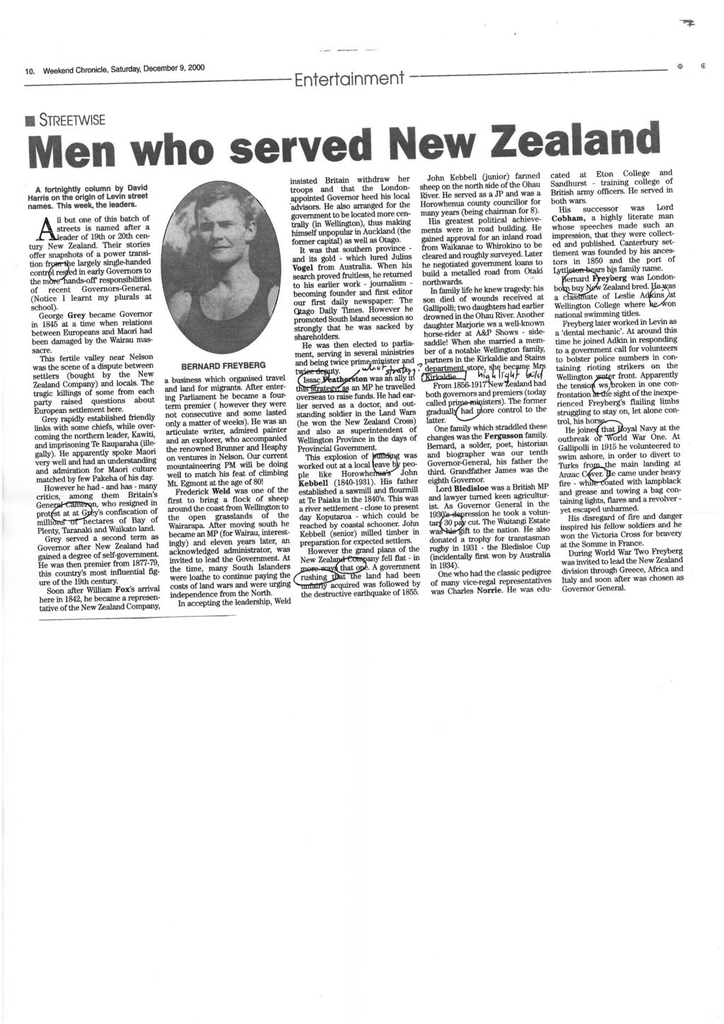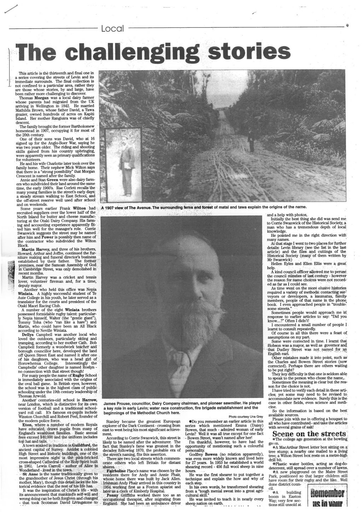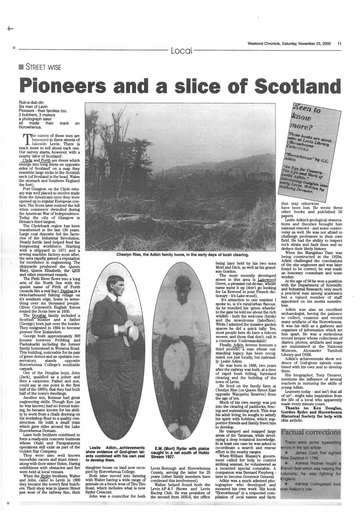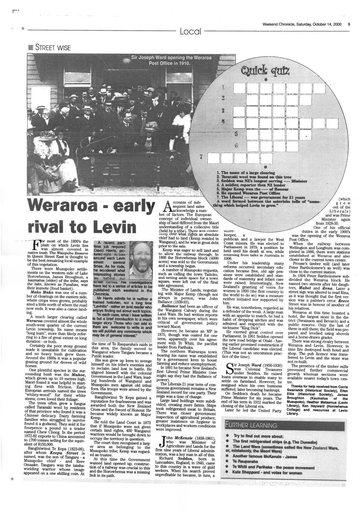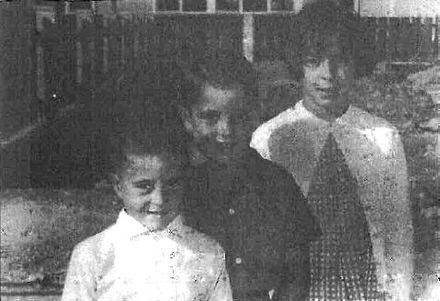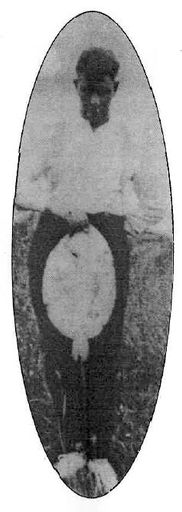Men who served New Zealand
- Description
All but one of this batch of streets is named after a leader of 19th or 20th century New Zealand. Their stories offer snapshots of a power transition from the largely single-handed control rested in early Governors to the more hands-off responsibilities of recent Governors-General. (Notice I learnt my plurals at school).
George Grey became Governor in 1845 at a time when relations between Europeans and Maori had been damaged by the Wairau massacre. This fertile valley near Nelson was the scene of a dispute between settlers (bought by the New Zealand Company) and locals. The tragic killings of some from each party raised questions about European settlement here.
Grey rapidly established friendly links with some chiefs, while overcoming the northern leader, Kawiti, and imprisoning Te Rauparaha (illegally). He apparently spoke Maori very well and had an understanding and admiration for Maori culture matched by few Pakeha of his day.
However he had - and has - many critics, among them Britain's General Cameron, who resigned in protest at Grey's confiscation of millions of hectares of Bay of Plenty, Taranaki and Waikato land.
Grey served a second term as Governor after New Zealand had gained a degree of self-government He was then premier from 1877-79, this country's most influential figure of the 19th century. Soon after William Fox's arrival here in 1842, he became a representative of the New Zealand Company, a business which organised travel and land for migrants.
 Photo at left: BERNARD FREYBERG
Photo at left: BERNARD FREYBERGAfter entering Parliament he became a four-term premier ( however they were not consecutive and some lasted only a matter of weeks). He was an articulate writer, admired painter and an explorer, who accompanied the renowned Brunner and Heaphy on ventures in Nelson. Our current mountaineering PM will be doing well to match his feat of climbing Mt. Egmont at the age of 80! Frederick Weld was one of the first to bring a flock of sheep around the coast from Wellington to the open grasslands of the Wairarapa. After moving south he became an MP (for Wairau, interestingly) and eleven years later, an acknowledged administrator, was invited to lead the Government At the time, many South Islanders were loath to continue paying the costs of land wars and were urging independence from the North. In accepting the leadership, Weld insisted Britain withdraw her troops and that the London-appointed Governor heed his local advisors. He also arranged for the government to be located more centrally (in Wellington), thus making himself unpopular in Auckland (the former capital) as well as Otago.
It was that southern province - and its gold - which lured Julius Vogel from Australia. When his search proved fruitless, he returned to his earlier work - journalism - becoming founder and first editor our first daily newspaper: The Otago Daily Times. However he promoted South Island secession so strongly that he was sacked by shareholders.
He was then elected to parliament, serving in several ministries and being twice prime-minister and twice deputy.
Issac Featherston was an ally in this strategy; as an MP he travelled overseas to raise funds. He had earlier served as a doctor, and out-standing soldier in the Land Wars (he won the New Zealand Cross) and also as superintendent of Wellington Province in the days of Provincial Government .
This explosion of building was worked out at a local level by people like Horowhenua’s John Kebbell (1840-1931). His father established a sawmill and flourmill at Te Paiaka in the 1840's. This was a river settlement - close to present day Koputaroa - which could be reached by coastal schooner. John Kebbell (senior) milled timber in preparation for expected settlers. However the grand plans of the New Zealand company fell flat - in more ways than one. A government rushing that land had been unfairly acquired was followed by the destructive earthquake of 1855.
John Kebbell (junior) farmed sheep on the north side of the Ohau River. He served as a JP and was a Horowhenua county councillor for many years (being chairman for 8).
His greatest political achievements were in road building. He gained approval for an inland road from Waikanae to Whirokino to be cleared and roughly surveyed. Later he negotiated government loans to build a metalled road from Otaki northwards. In family life he knew tragedy: his son died of wounds received at Gallipolli; two daughters had earlier drowned in the Ohau River. Another daughter Marjorie was a well-known horse-rider at A&P Shows - side-saddle! When she married a member of a notable Wellington family, partners in the Kirkaldie and Stains department store, she became Mrs Kirkaldie.
From 1856-1917 New Zealand had both governors and premiers (today called prime ministers). The former gradually had more control to the latter.
One family which straddled these changes was the Fergusson family. Bernard, a solder, poet, historian and biographer was our tenth Governor-General, his father the third. Grandfather James was the eighth Governor. Lord Bledisloe was a British MP and lawyer turned keen agriculturist. As Governor General in the 1930s depression he took a voluntary 30 pay cut. The Waitangi Estate was his gift to the nation. He also donated a trophy for transtasman rugby in 1931 - the Bledisloe Cup (incidentally first won by Australia in 1934).
One who had the classic pedigree of many vice-regal representatives was Charles Norrie. He was educated at Eton College and Sandhurst - training college of British army officers. He served in both wars.
His successor was Lord Cobham, a highly literate man whose speeches made such an impression, that they were collected and published. Canterbury settlement was founded by his ancestors in 1850 and the port of Lytt leton bears his family name. Bernard Freyberg was London-born but Zealand bred. He was a classmate of Leslie Adkin at Wellington College where he won national swimming titles. Freyberg later worked in Levin as a 'dental mechanic'. At around this time he joined Adkin in responding to a government call for volunteers to bolster police numbers in containing rioting strikers on the Wellington water front. Apparently the tension was, broken in one confrontation at the sight of the inexperienced Freyberg's flailing limbs struggling to stay on, let alone control, his horse. He joined the Royal Navy at the outbreak of World War One. At Gallipolli in 1915 he volunteered to swim ashore, in order to divert to Turks from the main landing at Anzac Cove. He came under heavy fire while coated with lampblack and grease and towing a bag containing lights, flares and a revolver - yet escaped unharmed. His disregard of fire and danger inspired his fellow soldiers and he won the Victoria Cross for bravery at the Somme in France. During World War Two Freyberg was invited to lead the New Zealand division through Greece, Africa and Italy and soon after was chosen as Governor General.
Identification
- Date
- December 9, 2000
Taxonomy
- Community Tags

